"Construction equipment is often an essential component in construction projects. Working in a foreign country often presents additional challenges to find the right equipment." Frequently construction companies have to move construction equipment from one country to another country. This might be because the contractor is working on a construction project in another country. Or perhaps they have completed a project in another country and want to bring the equipment back to their home base. Sometimes, contractors purchase equipment in another country for a project in their home country. Maybe the equipment was not available in their country, or it was cheaper to procure the item in that other country. This equipment could be new construction equipment to do construction work (such as excavators, bulldozers, cranes, etc), it could be used (second hand) construction equipment, or it could be equipment and machinery which is required to be incorporated into the project forming an integral part of the completed project. The construction equipment could be purchased or hired equipment, although transporting hired equipment to another country will require permission and help from the supplier. Become Great at Hiring Equipment for Your Construction Project Navigating the logistics of overseas construction equipment transport presents many unique challenges. So, you must be as thorough in your preparation as possible, or you’ll face obstructions and budgeting difficulties even before your projects start! Preparing for construction equipment transportPreparing construction equipment for transport contributes significantly to safe and successful relocation. Before moving heavy machinery, a thorough inspection is necessary to identify potential issues or damages. Cleaning the equipment and securing loose parts helps prevent accidents during transport. Likewise, you must protect vulnerable components from damage using appropriate padding and coverings. Properly preparing equipment minimizes the risk of breakdowns or malfunctions during transit, ultimately saving time and money! Choosing the right transport methodChoosing the right transport method for moving heavy construction equipment offers timely and cost-effective delivery. Factors such as the size and weight of the equipment, as well as the destination, must be carefully considered. For example, shipping containers are ideal for smaller equipment and protect from the elements. Flat racks are suitable for oversized or irregularly shaped equipment, offering flexibility in loading and unloading. Finally, roll-on/roll-off (RoRo) is a convenient option for wheeled equipment like bulldozers and loaders, allowing for easy drive-on and drive-off. Cranes, lifting equipment and slings "Moving large pieces of equipment to construction projects may require special movers and cranes. Check the specialist equipment is available when and where it's required." Understanding shipping regulations and documentationYou must brush up on your shipping regulations and documentation for overseas equipment transport. After all, international shipping involves compliance with various laws and regulations governing import/export procedures. That includes obtaining the necessary permits and adhering to customs requirements. Documentation such as bills of lading, commercial invoices, and packing lists must also be accurately prepared and submitted. (A Guide to Construction Equipment Attachments) Failure to comply with shipping regulations can result in delays, fines, or even seizure of the equipment! Of course, partnering with experienced logistics providers can also help navigate the complexities of shipping regulations more effectively. Risk management and insuranceRisk management and insurance should always be part of transporting heavy construction equipment overseas. Construction companies must assess and mitigate potential risks associated with the process, such as damage, loss, or delays! Comprehensive insurance coverage provides financial protection against unforeseen events during transit. Strategies for risk management include proper packaging, securing equipment, and choosing reliable transport methods. In addition, effective communication with insurance providers certifies clarity regarding coverage and claim procedures. "Accidents can occur when moving construction equipment." Partnering with reliable logistics providersPartnering with reliable logistics providers naturally helps achieve smooth and efficient overseas equipment transport. Construction companies should prioritize selecting experienced and reputable logistics partners who specialize in handling heavy machinery. Construction companies can benefit from their expertise in navigating complex shipping regulations and documentation requirements by choosing a trusted logistics provider. Similarly, reliable logistics partners offer comprehensive services, including proper packaging, secure loading, and timely delivery. Finally, collaborating closely with logistics providers fosters clear communication channels, allowing seamless coordination throughout the transport process! Allowing for all the costs of transporting your equipmentBudgeting and cost considerations are major aspects of overseas construction equipment transport planning. Construction companies must carefully assess expenses, including shipping fees, insurance premiums, and customs duties. Budgeting effectively allows companies to allocate resources appropriately and avoid unexpected financial strain. Similarly, negotiating rates with shipping companies and logistics providers can help minimize costs. Also, considering equipment size and destination distance allows for better cost estimation. Finally, accounting for potential unforeseen expenses is important to prevent budget overruns! If you plan to return the machine back to your home country remember to take into account these costs as well. "The actual transport costs is often only part of the total costs that are incurred when moving construction equipment to another country." Ensuring timely delivery of the construction equipmentTimely delivery is a main priority when transporting overseas construction equipment. After all, construction companies must meticulously plan schedules and coordinate logistics to meet project deadlines. Companies can minimize the risk of setbacks by proactively addressing potential delays and implementing efficient transport methods. Consequently, monitoring transit progress and promptly addressing any issues helps maintain momentum toward timely delivery. Utilizing tracking technologies and real-time updates further enhances visibility and allows quick adjustments if needed! Don't make these scheduling (programming) mistakes Dealing with customs clearance and border issues"Without the proper paperwork equipment could be stuck in ports. Customs paperwork is often long and tedious and must be completed meticulously." Dealing with customs clearance and border issues is another important aspect of overseas construction equipment transportation. Construction companies are forced to navigate complex import/export regulations and documentation requirements. Effective communication with customs officials and brokers facilitates clearance and minimizes delays. Of course, anticipate potential border issues and have contingency plans to address them promptly, just in case! Environmental considerations and sustainabilityEnvironmental considerations and sustainability are increasingly important factors in overseas construction equipment relocation. Construction companies must address the environmental impact of their operations, including carbon emissions and waste generation. Implementing eco-friendly transport initiatives and technologies helps reduce the carbon footprint associated with this process. Moreover, sustainable practices such as recycling and reusing materials contribute to environmental conservation efforts. Managing construction projects in extreme weather conditions also requires careful planning and adaptation strategies to minimize the environmental impacts of climate control and similar measures to counter heat or cold. Post-delivery inspection and maintenancePost-delivery inspection and maintenance help maintain the longevity and performance of construction equipment following overseas transport. Construction companies must conduct thorough inspections upon machine arrival to identify any damages or issues that may have occurred during transit. Promptly addressing any damages or issues through maintenance and repairs helps prevent further deterioration and guarantee optimal functionality. Furthermore, implementing regular maintenance schedules helps prolong the lifespan of your crucial tools and minimizes the risk of breakdowns during operation! When construction equipment arrives on your project check these things. "Check all construction equipment carefully when it arrives on the project site." Make transporting construction equipment cross-border easyMastering the logistics of overseas construction equipment transport will ensure the smooth execution of projects on a global scale. Construction companies can optimize their operations and achieve success by understanding the intricacies of the process. Besides, with careful planning and proactive management, this daunting task becomes much easier! The impact of poor equipment productivity on construction projects AuthorMeet Elara Nightly, a seasoned logistics and moving specialist collaborating with Interstate Relocation, a company dedicated to helping people with residential or commercial international relocations quickly and easily. With a passion for streamlining international relocations, Elara has dedicated her career to helping individuals and businesses navigate the complexities of moving overseas. This article is a guest post and the owners of this website take no responsibility for the content or it's originality. The website publishes this article in good faith with the undertaking from the author and supplier that the content has not been plagiarised. Please report any errors in the article to the website owners. Should you prove the content is not original the article will be immediately taken down. Do you want to learn how to manage construction projects successfully?"The book is really great. It perfectly fills majority of PM theoretical books with practical experience of real professional. I like this type of material because its not just an interesting reading (it really is) but it is a kind of methodology." Paul Netscher has written several easy to read books for owners, contractors, construction managers, construction supervisors and foremen. They cover all aspects of construction management and are filled with tips and insights. Visit to read more. The books are available in paper and ebook from most online stores including Amazon. Note: We welcome genuine comments, especially comments that add additional information to the subject matter in the article. We however reserve the right to remove inappropriate comments, which includes comments that have nothing to do with the subject, comments that include inappropriate language, and comments that are an advertisement for a product or company, or which include an advertising link. We will not enter into discussion on why a particular comment was removed.
construction management construction project management
0 Comments
Leave a Reply. |
Archives
June 2024
Note: We welcome genuine comments, especially comments that add additional information to the subject matter in the article. We however reserve the right to remove inappropriate comments, which includes comments that have nothing to do with the subject, comments that include inappropriate language, and comments that are an advertisement for a product or company, or which include an advertising link. Comments must be in English. We will not enter into discussion on why a particular comment was removed.
CategoriesCopyright 2016 - The attached articles cannot be reproduced for commercial purposes without the consent of the author.
The opinions expressed in the attached articles are those of the writer. It should be noted that projects are varied and different laws and restrictions apply which depend on the location of the contractor and the project. It's important that the reader uses the supplied information taking cognisance of their particular circumstances. The writer assumes no responsibility or liability for any loss of any kind arising from the reader using the information or advice contained herein. "I have what I consider some of the best books on construction management."
Books are available from: Amazon.com Amazon.co.uk takealot.com kalahari.com Amazon.in Amazon.de Amazon.fr Amazon.it Amazon.com.au Powell's Fishpond uread bokus Amazon.ca Amazon.es Other retail stores Available in paperback or on Kindle "28 YEARS OF CONSTRUCTION PROJECT MANAGEMENT EXPERIENCE, DEVELOPING SUCCESSFUL CONSTRUCTION PROJECT MANAGERS AND BUILDING SUCCESSFUL CONSTRUCTION COMPANIES"
|

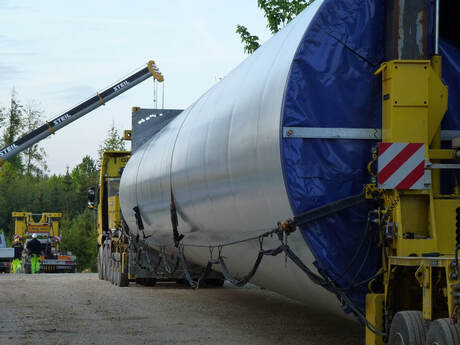
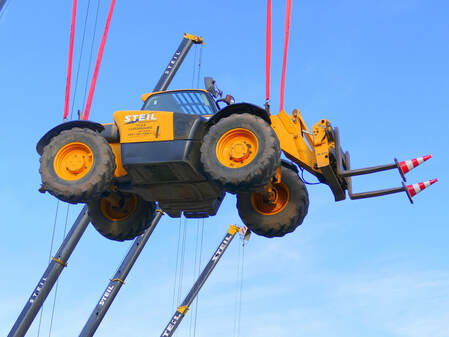
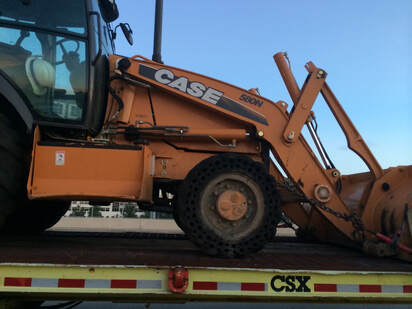
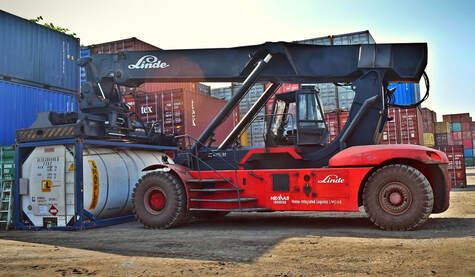
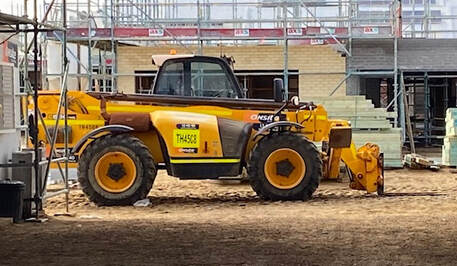
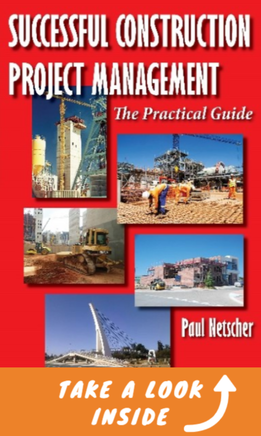
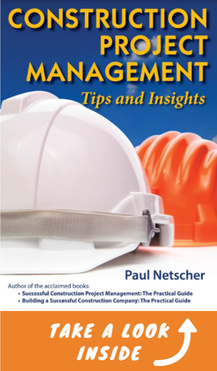
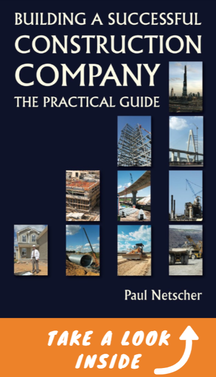
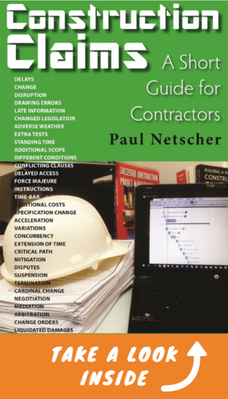


 RSS Feed
RSS Feed




